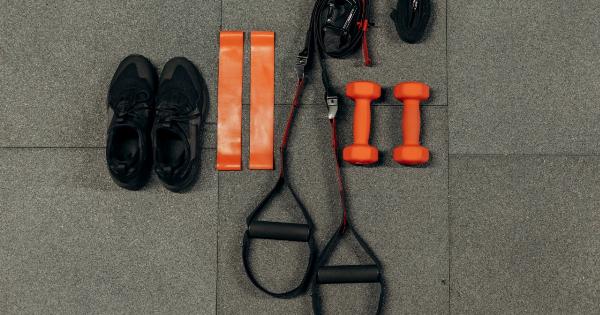Osteoporosis is a condition that affects millions of people worldwide, especially women over the age of 50. This condition occurs when the bones become weak and fragile, making them more susceptible to fractures.
While any bone in the body can be affected, the most common areas to experience fractures are the hip, spine, and wrist.
What is Osteoporosis?
Osteoporosis is a progressive condition that weakens the bones, making them more likely to break or fracture. This occurs when the body is not able to replace bone tissue as quickly as it is breaking down.
As a result, the bones become less dense and more prone to fractures, even from mild stress or trauma.
The condition may develop slowly over several years, often without any noticeable symptoms. However, as the condition progresses, individuals may experience pain, loss of height, and a hunched posture as a result of spinal fractures.
Other common symptoms of osteoporosis include:.
- Bone pain or tenderness
- Frequent bone fractures
- Back pain
- Loss of height over time
- A stooped posture
What Causes Osteoporosis?
There is no one specific cause of osteoporosis, but several factors can contribute to its development. These include:.
- Gender: Women are more likely to develop osteoporosis than men, especially after menopause when estrogen levels decrease.
- Age: The risk of developing osteoporosis increases as individuals age, especially after age 50.
- Family history: A family history of osteoporosis or hip fractures increases the risk of developing the condition.
- Lifestyle choices: A poor diet lacking in calcium and vitamin D, smoking, excessive alcohol consumption, and a sedentary lifestyle can increase the risk of developing osteoporosis.
- Medical conditions: Certain medical conditions, such as hyperthyroidism, inflammatory bowel disease, and kidney disease can increase the risk of developing osteoporosis.
- Medications: The long-term use of certain medications, such as steroids, can increase the risk of osteoporosis.
The Link Between Osteoporosis and Fractures
Osteoporosis can significantly increase the risk of fractures, especially in the hip, spine, and wrist. In fact, individuals with osteoporosis are more likely to fracture a bone with mild trauma than individuals without the condition.
Additionally, the risk of repeat fractures increases with each subsequent fracture.
Fractures can be life-altering events, particularly for older adults. They can lead to a loss of independence, a decrease in quality of life, and even premature death. Fractures can also be costly, both in terms of finances and quality of life.
Therefore, it is essential to manage and prevent fractures in individuals with osteoporosis.
Preventing Fractures in Osteoporosis
While osteoporosis cannot be cured, the risk of fractures can be reduced through a combination of medication and lifestyle changes. Here are some tips for preventing fractures in individuals with osteoporosis:.
- Medication: Several medications are available to help prevent and treat osteoporosis, such as bisphosphonates, hormone therapy, and denosumab. It is essential to work with a healthcare provider to determine the best medication and dosing regimen for each individual.
- Diet: A diet rich in calcium and vitamin D can help strengthen bones and reduce the risk of fractures. Good sources of calcium include milk, cheese, and leafy green vegetables. Vitamin D can be obtained from sunlight exposure, fatty fish, and fortified foods and beverages.
- Exercise: Regular exercise, particularly weight-bearing activities such as walking and lifting weights, can help build and maintain bone density, reducing the risk of fractures. It is essential to work with a healthcare provider to determine a safe and effective exercise regimen.
- Preventing falls: Many fractures in individuals with osteoporosis occur as a result of falls. Therefore, it is essential to take steps to prevent falls, such as removing tripping hazards, installing grab bars in bathrooms, and using appropriate footwear.
- Avoiding tobacco and excessive alcohol use: Smoking and excessive alcohol consumption can weaken bones and increase the risk of fractures. It is essential to avoid these habits to reduce the risk of fractures.
Conclusion
Multiple fractures can be a potential risk of osteoporosis, a condition that affects millions of people worldwide.
The weakening of bones that comes with osteoporosis increases the risk of fractures, and these fractures can significantly diminish an individual’s quality of life. However, with proper management, such as medication, a healthy diet, regular exercise, and fall prevention, the risk of fractures in individuals with osteoporosis can be greatly reduced.






























